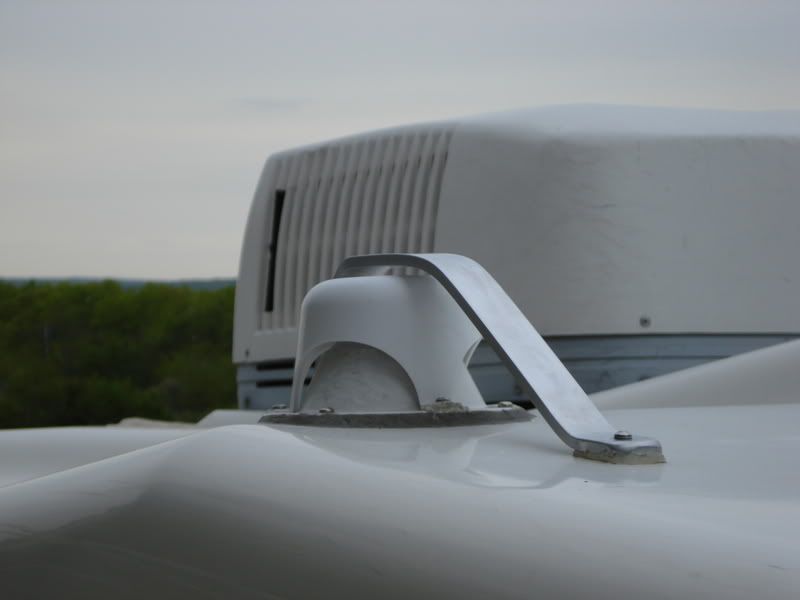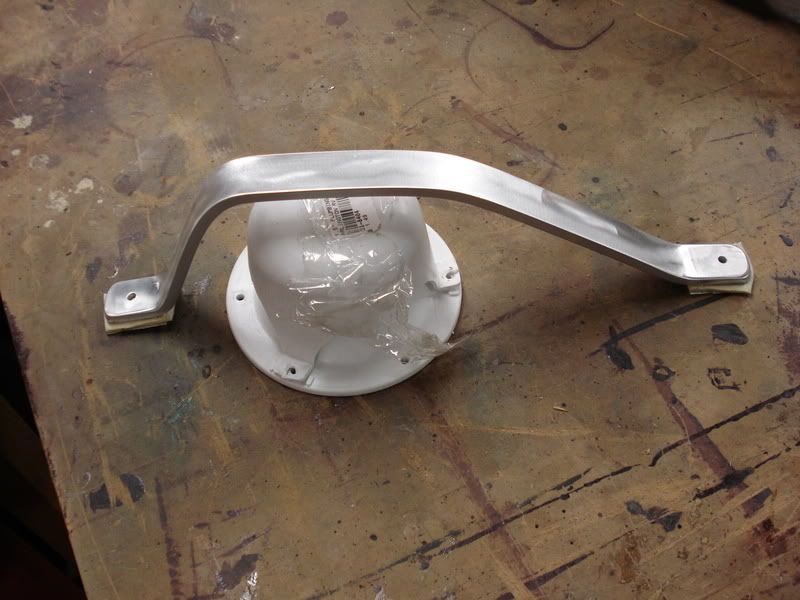whizbang
Dec 26, 2015Explorer II
Observation on the NL/Bigfoot Clamshell Design
I am starting this post because I don't want to hijack the other NL delam thread.
The NL/Bigfoot "water proof" clam shell design is especially appealing here in the Pacific northwest. I seriously considered both brands when we were shopping for a camper 13 years ago.
I remember finding a NL about an hour north of us. In the course of looking it over, I climbed up on the ladder to take a peak at the roof.
Holes. Holes. Holes. The ladder and "luggage" rack attached to the roof in 7 or 8 places. There was a plumbing vent, a refrigerator vent, roof vent, skylite, escape hatch, and, of course, front, rear, and side clearance lights. All holes appeared to be caulked with Dicor or something similar.
What's the advantage of a water proof design/structure if the water proof surface is pierced in 20 places and relies on conventional caulk to keep the rain out?
The NL/Bigfoot "water proof" clam shell design is especially appealing here in the Pacific northwest. I seriously considered both brands when we were shopping for a camper 13 years ago.
I remember finding a NL about an hour north of us. In the course of looking it over, I climbed up on the ladder to take a peak at the roof.
Holes. Holes. Holes. The ladder and "luggage" rack attached to the roof in 7 or 8 places. There was a plumbing vent, a refrigerator vent, roof vent, skylite, escape hatch, and, of course, front, rear, and side clearance lights. All holes appeared to be caulked with Dicor or something similar.
What's the advantage of a water proof design/structure if the water proof surface is pierced in 20 places and relies on conventional caulk to keep the rain out?

